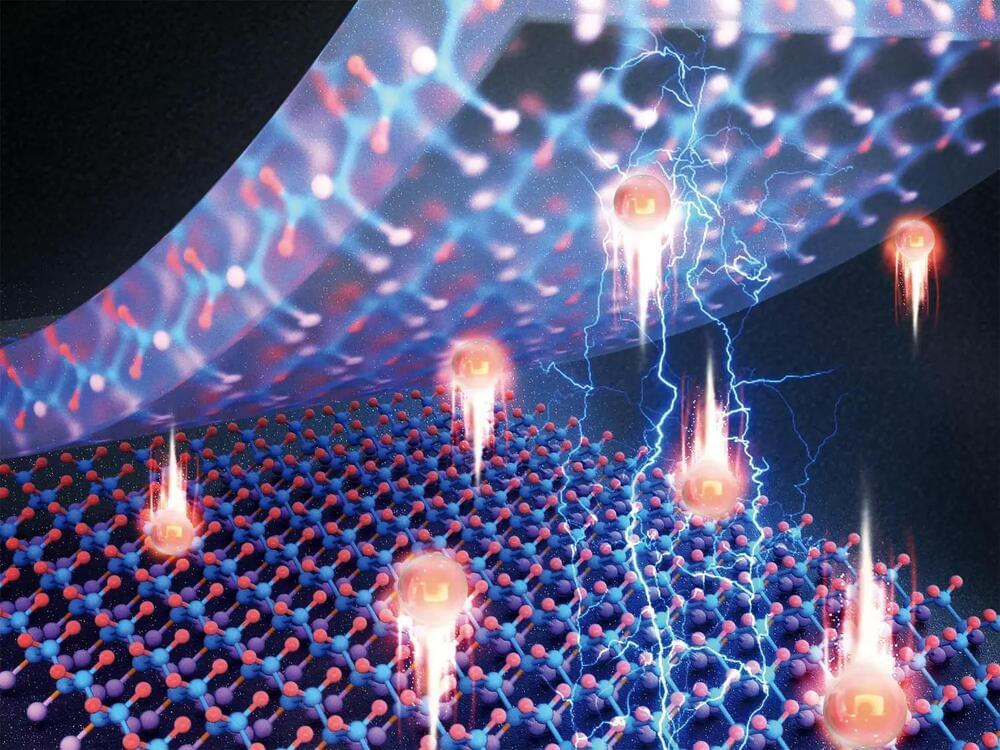Artificial intelligence algorithms, such as the sophisticated natural language processor ChatGPT, are raising hopes, eyebrows and alarm bells in multiple industries. A deluge of news articles and opinion pieces, reflecting both concerns about and promises of the rapidly advancing field, often note AI’s potential to spread misinformation and replace human workers on a massive scale. According to Jonathan Chen, MD, PhD, assistant professor of medicine, the speculation about large-scale disruptions has a kernel of truth to it, but it misses another element when it comes to health care: AI will bring benefits to both patients and providers.
Chen discussed the challenges with and potential for AI in health care in a commentary published in JAMA on April 28. In this Q&A, he expands on how he sees AI integrating into health care.
The algorithms we’re seeing emerge have really popped open Pandora’s box and, ready or not, AI will substantially change the way physicians work and the way patients interact with clinical medicine. For example, we can tell our patients that they should not be using these tools for medical advice or self-diagnosis, but we know that thousands, if not millions, of people are already doing it — typing in symptoms and asking the models what might be ailing them.







